18 Wild Animals in Cyprus [Wildlife in Cyprus]
Want to know more about wildlife in Cyprus?
Discover 18 wild animals in Cyprus in this post, as well as interesting facts about them. 🇨🇾
Learn All About Cypriot Animals
Ready to learn all about Cypriot animals?
I’ve always been fascinated by animals, and by how they can be so different from one country to another. In this guide, we’ll focus on the many animals Cyprus has on the land, in the sky, and under water.
I’ve split the guide into 4 categories:
- Native animals from Cyprus
- Endangered animals of Cyprus
- What is Cyprus national animal?
- How many animals native to Cyprus?
Let’s dive in right away with our first category!
Native Animals from Cyprus
Cyprus is a European island located in the eastern part of the Mediterranean Sea, to the South of Turkey. It is the third-largest island in the Mediterranean, and it is a major tourist destination. It is located next to Turkey, Syria, Lebanon, Israel, Palestine, Egypt, and Greece, and its biggest and capital city is Nicosia, which counts more than 116,000 inhabitants (but more than 326,000 if you include the metropolitan area).
An interesting part of the country that I wanted to tackle is its wildlife. In light of that, I have listed the best of it, and I hope you will love learning what animals live in Cyprus.
Here’s the Cyprus animals list.
1. Persian damselfly
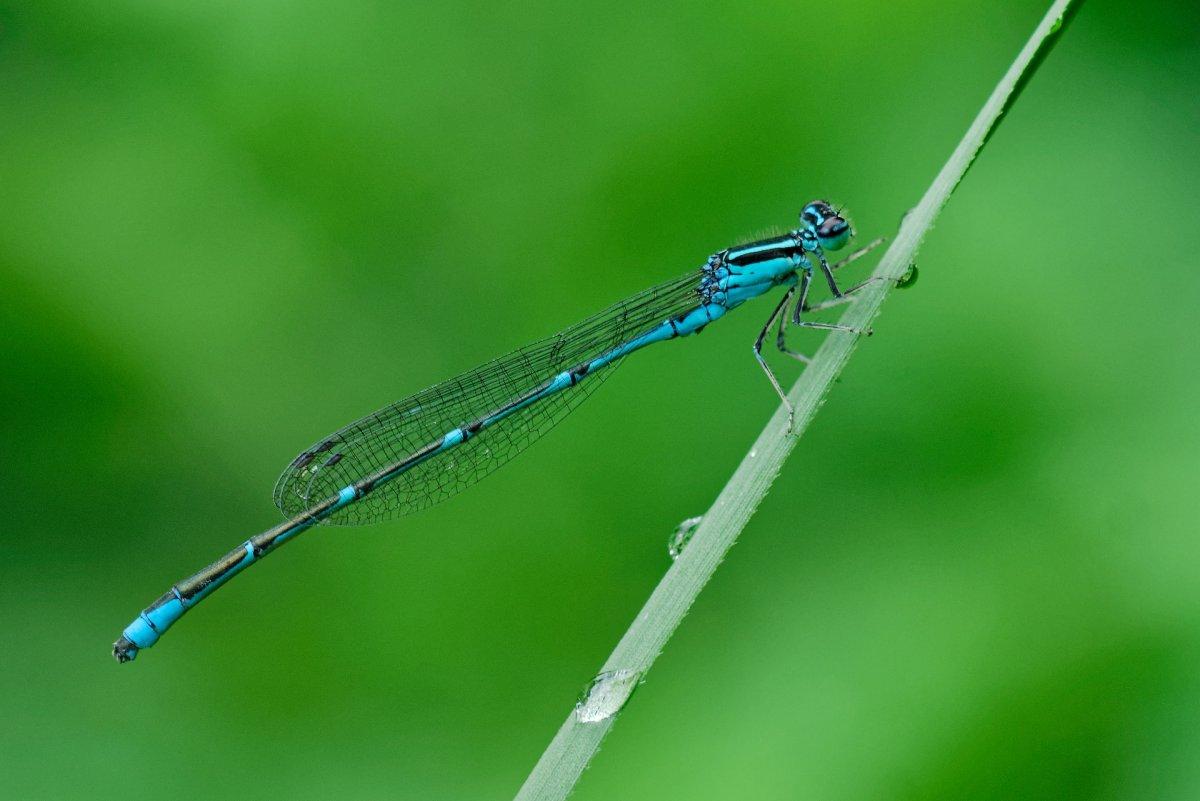
- Name: Persian damselfly
- Scientific name: Ischnura intermedia
- Conservation status:
What an elegant way to start our list, isn’t it? The Persian damselfly is a species of damselfly native to southeastern Europe and western Asia: it can be found in Cyprus, Syria, Iraq, Turkmenistan, and Turkey, among other countries.
This damselfly lives around slow-flowing streams and channels with marshy vegetation. Surprisingly enough, it is not an active flier, and mature individuals rest a bit above the water. Though it is considered near threatened, its status has not been evaluated for long and is probably endangered by now.
2. Mediterranean chameleon
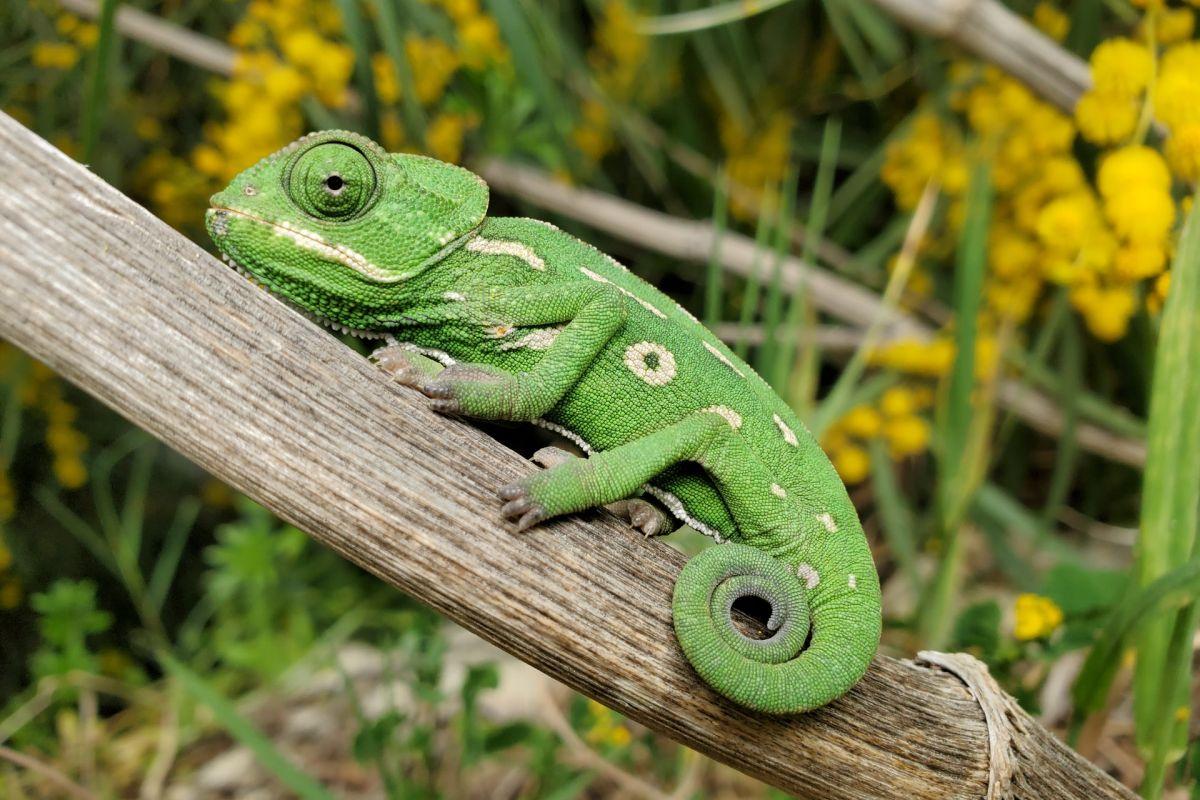
- Name: Mediterranean chameleon
- Scientific name: Chamaeleo chamaeleon
- Conservation status:
The Mediterranean chameleon, also known as the common chameleon, is a species of chameleon native to the Mediterranean Basin and the Red Sea. It is the only chameleon species that can be found in Europe.
This reptile is insectivorous and catches insects with its famous camouflage and very long tongue that it can extend surprisingly quickly. Adult individuals were also seen eating fruit… as well as other young chameleons.
3. Mediterranean house gecko
- Name: Mediterranean house gecko
- Scientific name: Hemidactylus turcicus
- Conservation status:
The Mediterranean house gecko, also known as the moon lizard or the Turkish gecko, is a species of house gecko that can easily be seen around the Mediterranean area. It usually emerges in the evening and can be spotted on the walls.
Interestingly enough, this gecko is one of the most successful species of geckos on the planet, as it has spread over most of the world and has stable populations, even very far from its origins.
4. Striped dolphin
- Name: Striped dolphin
- Scientific name: Stenella coeruleoalba
- Conservation status:
To the sea, we go with the first marine animal on this list. And because Cyprus is an island, it is definitely not the last.
The striped dolphin is a species of dolphin native to temperate and tropical waters all around the world. It is one of the most widely studied dolphins, and it has a unique coloring that makes it easy to spot. This species used to be extensively hunted, with 21,000 individuals killed in a single year (though the average used to be 8,000 to 9,000), but is now limited to 1,000 kills per year.
5. Mediterranean monk seal
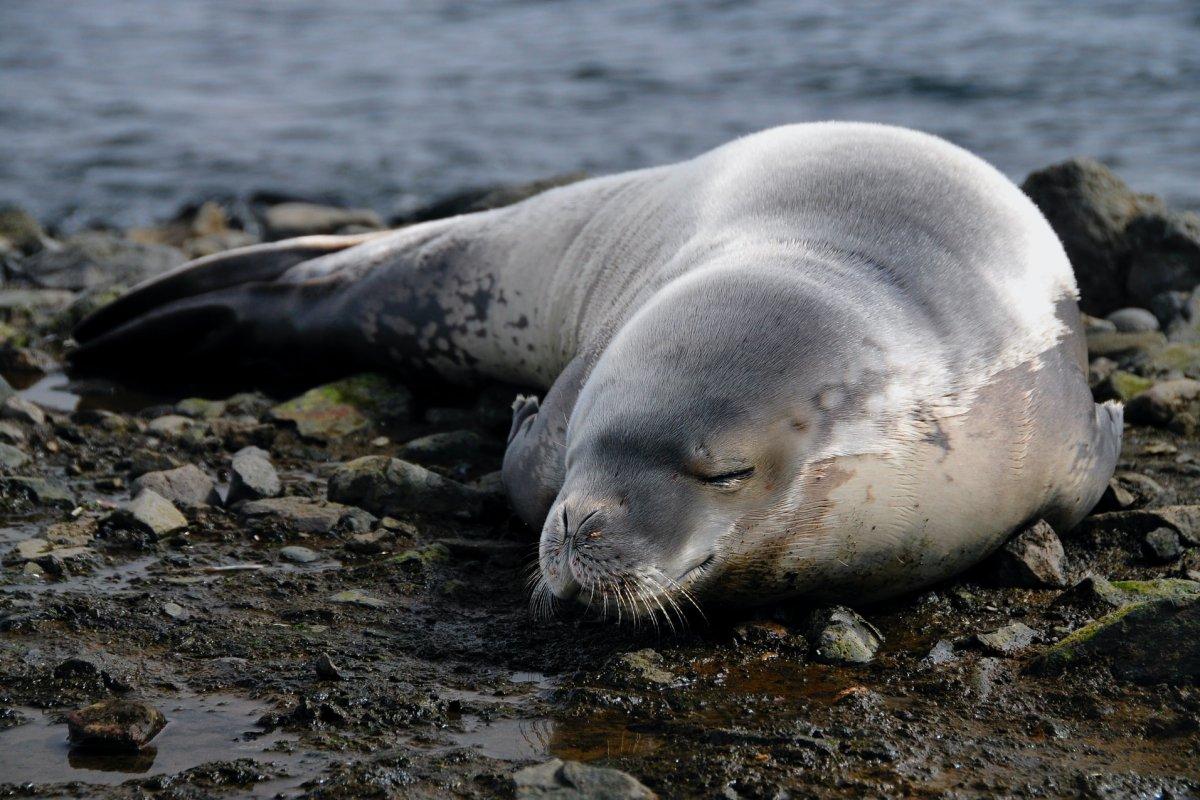
- Name: Mediterranean monk seal
- Scientific name: Monachus monachus
- Conservation status:
The Mediterranean monk seal is a species of seal native to the Mediterranean Basin and parts of the Atlantic Ocean. It is severely endangered, as fewer than 700 individuals remain, scattered in 3 or 4 isolated populations.
This seal is diurnal and feeds on a range of mollusks and fish, mostly octopus, eels, and squids. It usually hunts in wide-open areas and sometimes even lifts slabs of rock in search of prey!
6. European eel
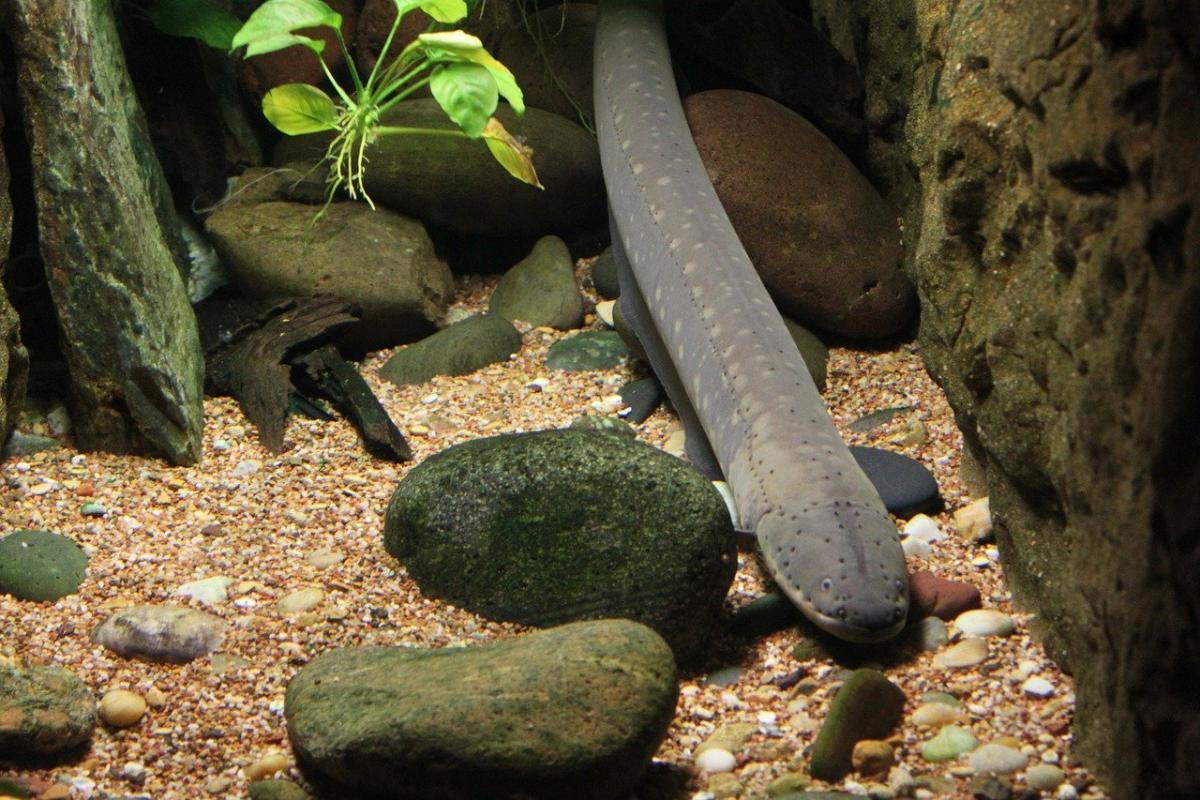
- Name: European eel
- Scientific name: Anguilla anguilla
- Conservation status:
The European eel is a species of snake-like fish native to almost the entirety of Europe. It is a long-living animal that has been observed to reach more than 80 years old in captivity, and even as much as 155 years.
However, this eel is now critically endangered, as its population might have declined by as much as 98 percent since the 1970s, mostly due to overfishing, hydroelectric dams, parasites, and other natural changes.
7. European cat snake
- Name: European cat snake
- Scientific name: Telescopus fallax
- Conservation status:
The European cat snake, also known as the Soosan snake, is a species of venomous snake endemic to the Mediterranean and Caucasus regions: it can be found in Cyprus, Italy, Greece, Iran, Armenia, Azerbaijan, Russia, and Croatia, among others.
Even though it is venomous, its fangs are located at the back of its jaw, and therefore it rarely injects venom as a defense mechanism: because of this, it is not considered a threat to humans.
8. European fallow deer
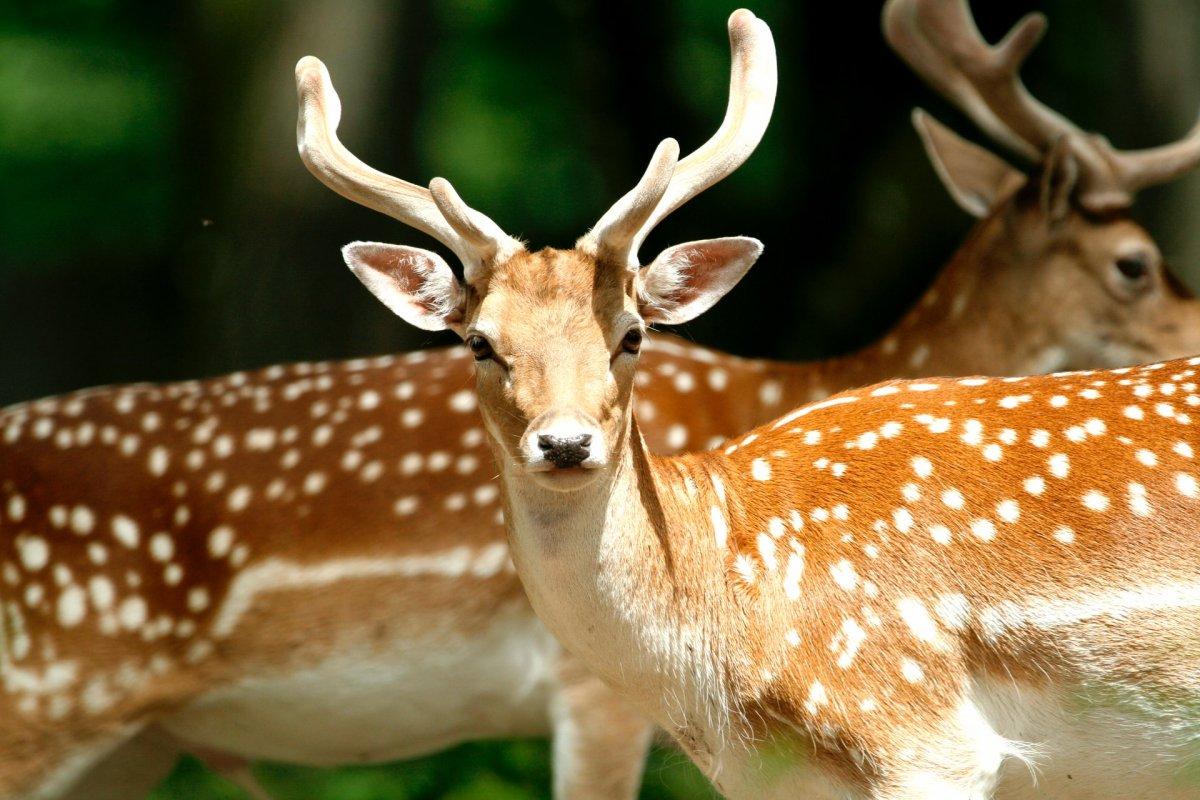
- Name: European fallow deer
- Scientific name: Dama dama
- Conservation status:
The European fallow deer, also known as the common fallow deer, is a species of ruminant mammal native to Turkey, the island of Rhodes, the Balkan Peninsula, and the Italian Peninsula, and was introduced to other parts of the continent such as Cyprus, as well as the Americas, Africa, and Australia.
Just like other deer species, the European fallow deer lives in groups, with a size and habitat type that largely varies depending on the environment.
9. Mediterranean horseshoe bat
- Name: Mediterranean horseshoe bat
- Scientific name: Rhinolophus euryale
- Conservation status:
The Mediterranean horseshoe bat is a species of insectivorous bat native to most of the Mediterranean Basin and the Balkan Peninsula, as well as inland Italy.
This bat usually leaves its roosts in late dusk and hunts low over the ground on warm hillsides in hopes to find small insects and moths. Also, it gathers in nurseries of 50 to 400 females, while males are only sometimes there, and colonies can be very, very large, especially in the summer.
10. Schneider’s skink
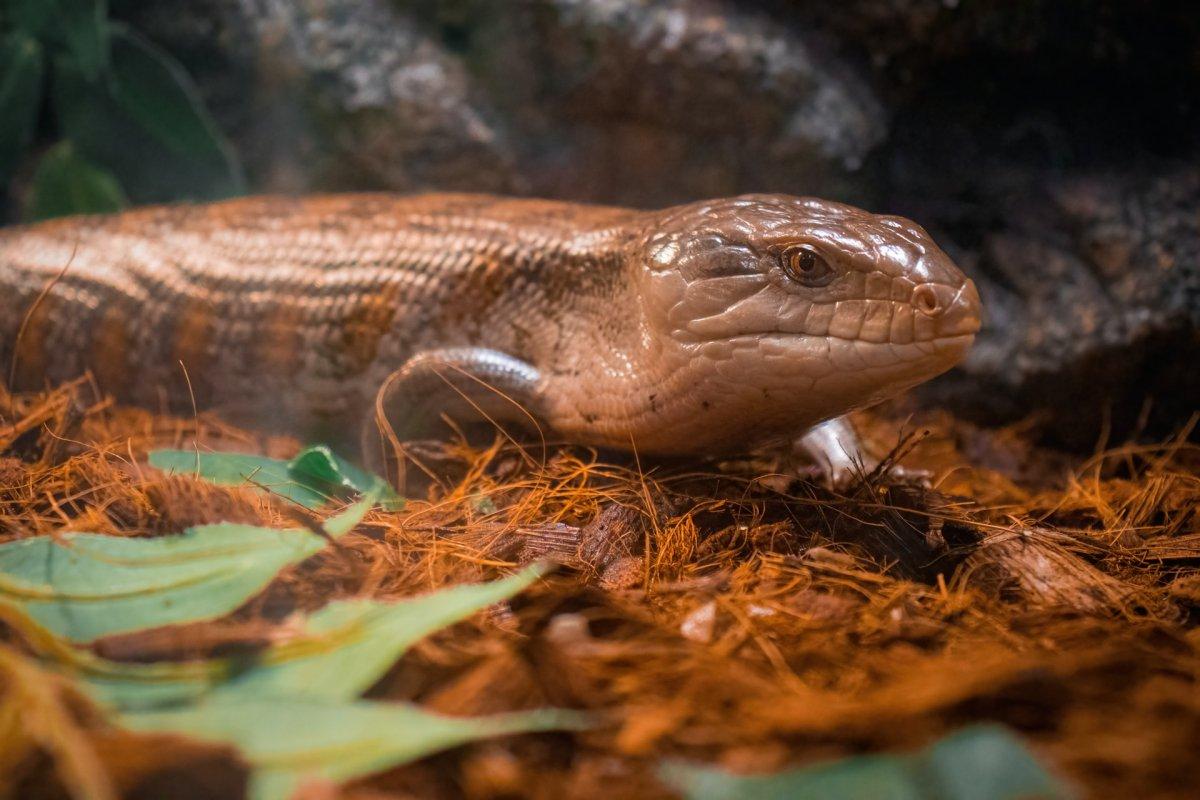
- Name: Schneider’s skink
- Scientific name: Eumeces schneideri
- Conservation status:
Schneider’s skink, also known as the Berber skink, is a species of lizard endemic to Western Asia, Central Asia and North Africa, as well as parts of southeastern Europe, including Cyprus.
This skink lives in grassland, wetlands, shrubland, and rocky areas, at altitudes of 150 to 1,800 m / 490 to 5,910 ft. It has a short snout, smooth scales over the body, and is olive-gray or brownish.
11. Black francolin
- Name: Black francolin
- Scientific name: Francolinus francolinus
- Conservation status:
The black francolin is a species of game bird in the pheasant family. It is the state bird of the Indian state of Haryana, where it is locally known as “Kaala Teetar”, and it was known as the black partridge.
This pheasant lives in scrubby habitats with cultivated crops that offer shelter, but with enough escape routes. It nests in grasslands from March to May, and the male attracts attention with its fantastic creaking call.
12. Long-finned pilot whale
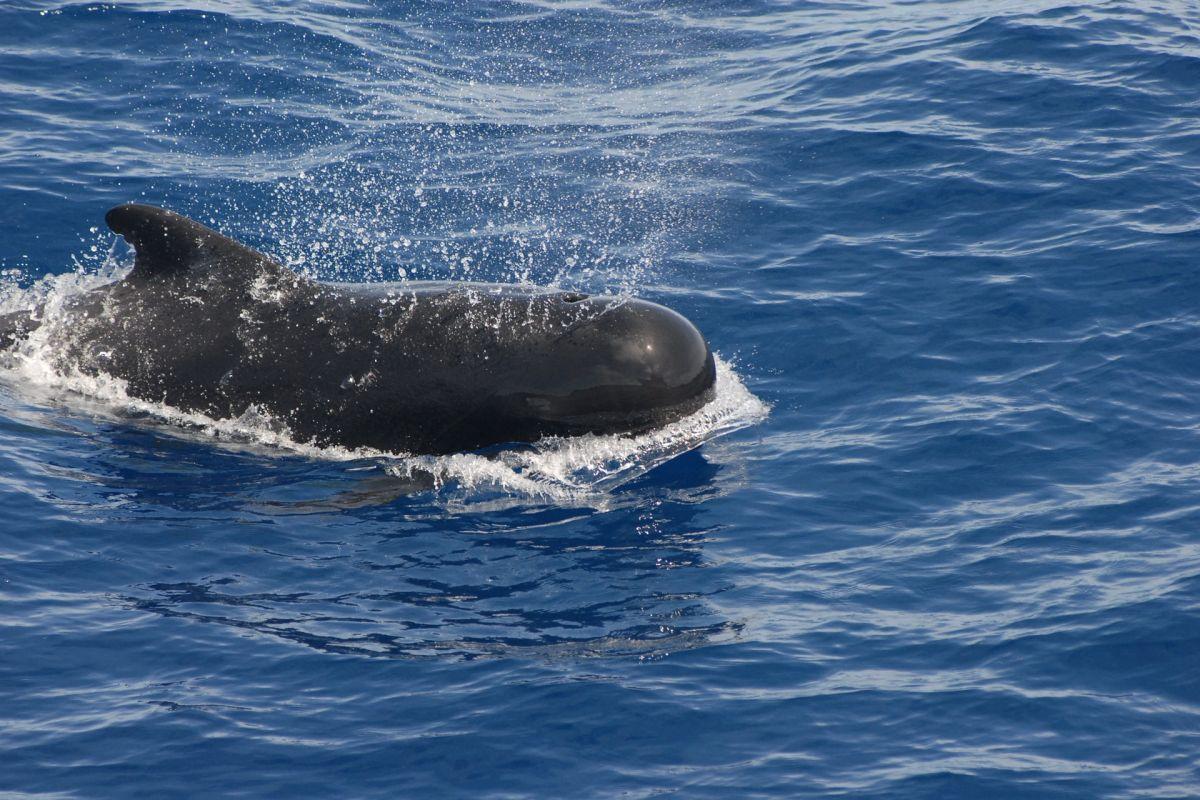
- Name: Long-finned pilot whale
- Scientific name: Globicephala melas
- Conservation status:
The long-finned pilot whale is a species of oceanic dolphin that can be found in the northern Atlantic, the Mediterranean Sea, and most of the southern parts of the oceans on the planet. It gets its name from its unusually long pectoral fins.
This dolphin is dimorphic since females can reach lengths of up to 5.7 m / 19 ft, while males can reach up to 6.7 m / 22 ft.
13. Red fox
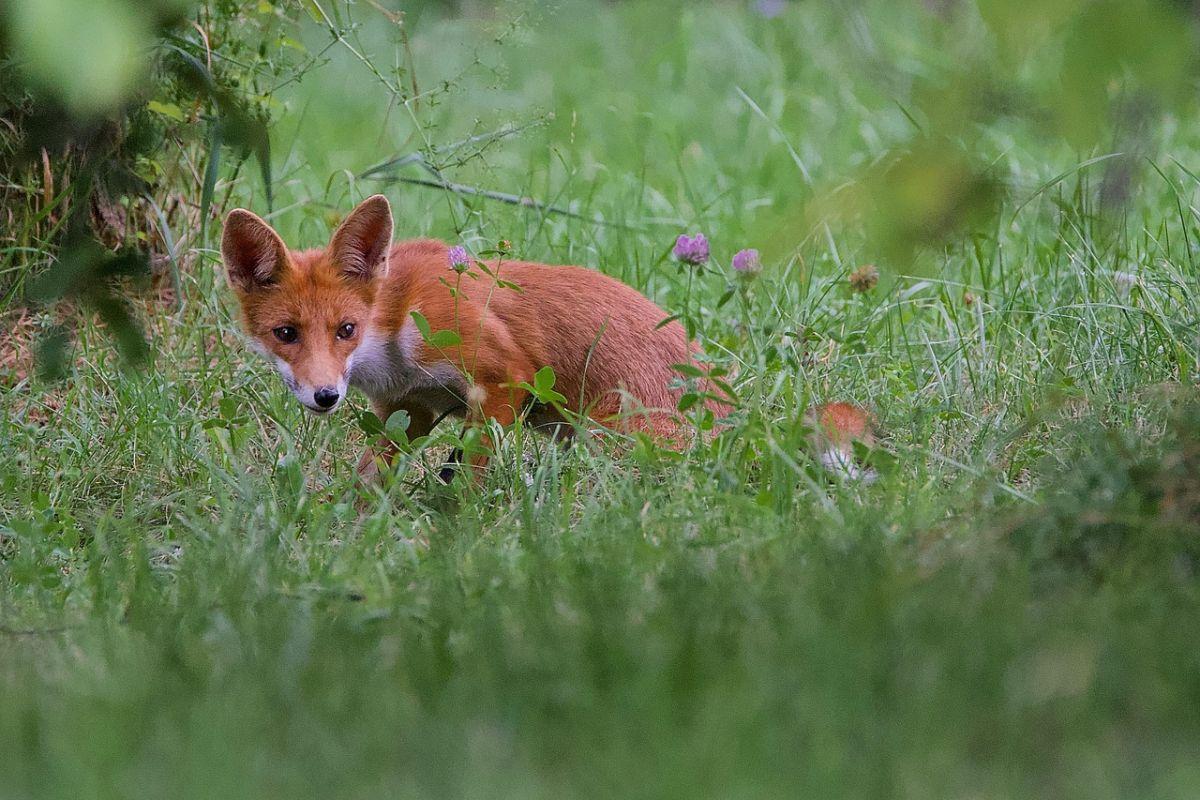
- Name: Red fox
- Scientific name: Vulpes vulpes
- Conservation status:
The red fox is the largest of all true foxes on the planet. On top of this, it is also one of the most successful carnivorous species, being extremely widely distributed throughout almost the entirety of the Northern Hemisphere.
In Cyprus, there is a local subspecies, known as the Cypriot red fox. It has a long history of interaction with humans and has been hunted as a pest and furbearer for centuries.
14. Greater flamingo
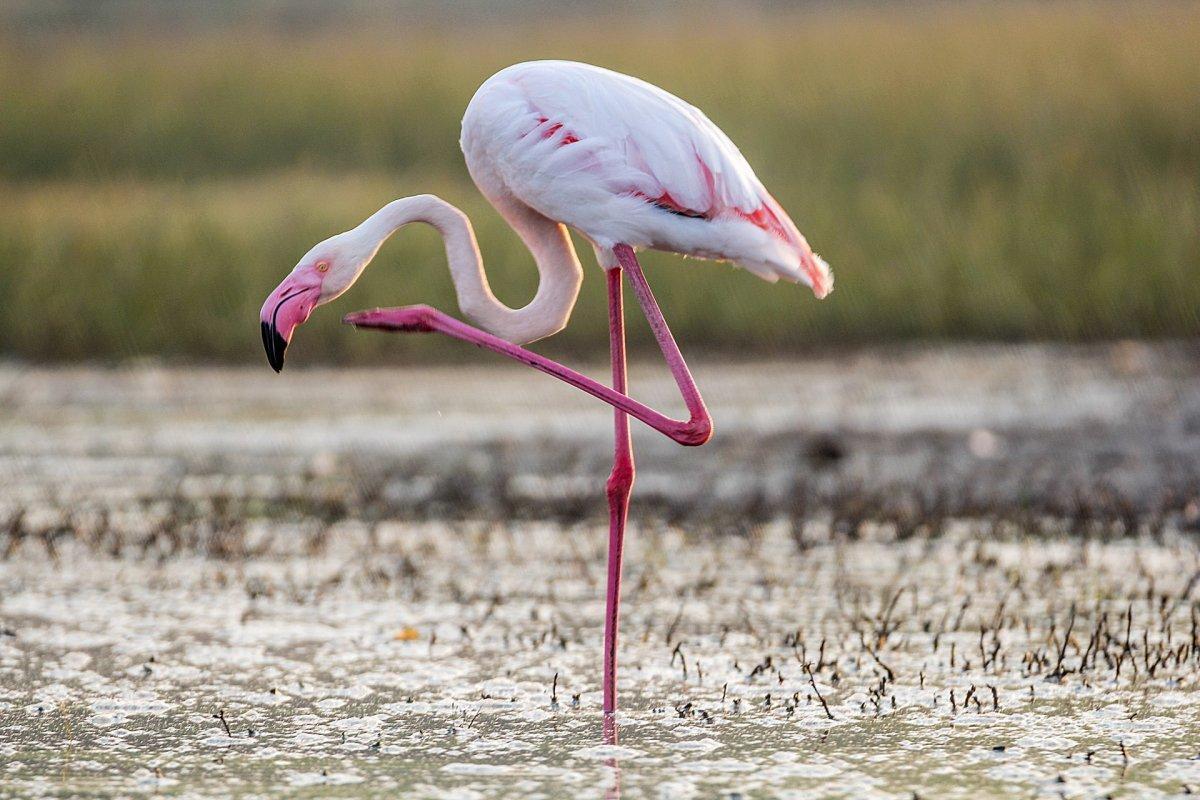
- Name: Greater flamingo
- Scientific name: Phoenicopterus roseus
- Conservation status:
The greater flamingo is the most widespread, largest, and most common species of flamingo. It can be found in southern Europe, the Middle East, Africa, and the Indian subcontinent. While chicks are covered in gray fluffy down, mature individuals are completely white, due to the nature of their diet.
This flamingo lives in shallow coastal lagoons and mudflats with salt water, where it uses its feet to stir up the mud, and filters water through its bill.
15. Great bustard
- Name: Great bustard
- Scientific name: Otis tarda
- Conservation status:
The great bustard is a species of bustard native to Europe, western Asia, and eastern Asia. Since 1996, it has been listed as vulnerable due to tons of threats, such as human disturbance, road construction, agricultural expansion, and fencing.
About 60 percent of the world’s great bustard population currently lives in Portugal and Spain, and this species has been locally extinct in Great Britain since 1832. Recently, some birds were reintroduced to the island and there is now a population of 40 individuals.
16. Sperm whale
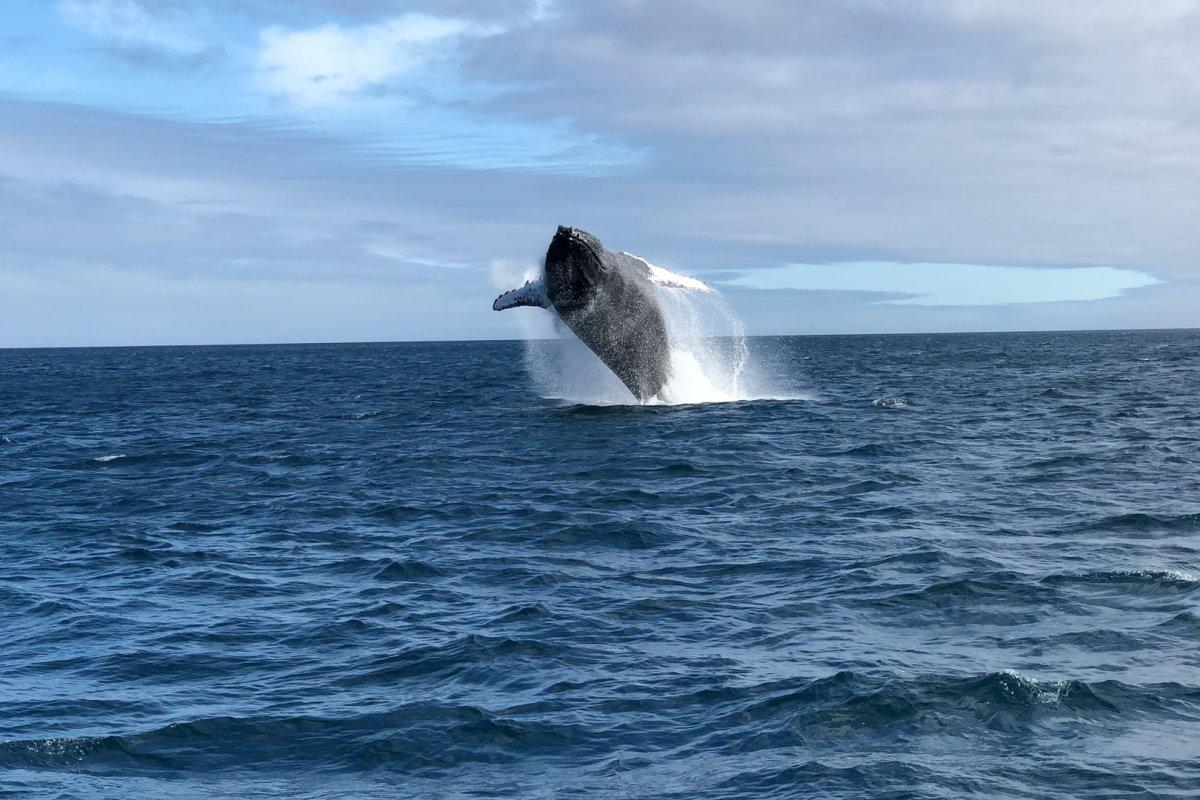
- Name: Sperm whale
- Scientific name: Physeter macrocephalus
- Conservation status:
What a large and frightening animal! The sperm whale, also known as the cachalot, is the largest toothed predator in the world, and the only living member of its genus. It can be found throughout the world and migrates seasonally for breeding and feeding.
It used to be a prime target for the whaling industry because of its oil, which is why it is now considered vulnerable. However, this species is protected by the International Whaling Commission.
17. Cape hare
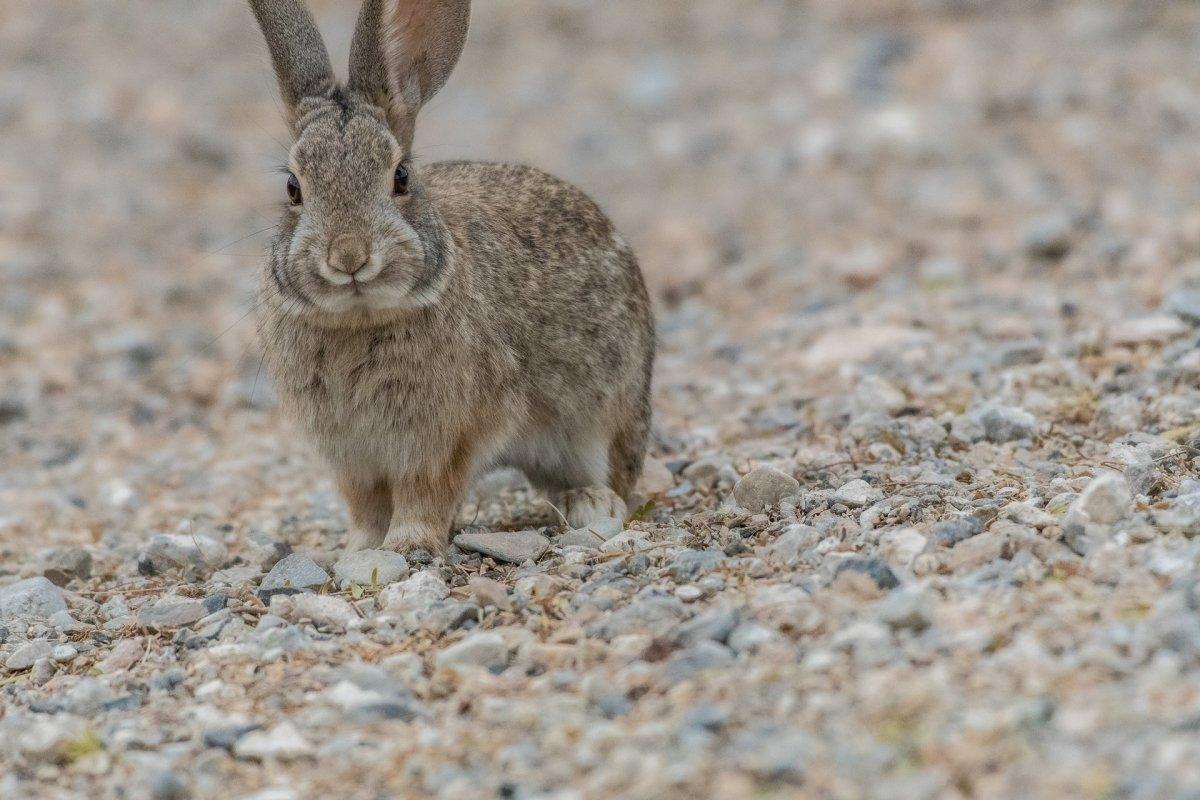
- Name: Cape hare
- Scientific name: Lepus capensis
- Conservation status:
The Cape hare, also known as the desert hare, is a species of hare native to southeastern Europe, northern Africa, and western Asia. Just like other hares, it has very long legs it uses to leap and run, as well as large eyes and ears to look for threats.
This hare lives in grasslands, desert, and semi-desert areas, and is a nocturnal herbivore: it feeds on grass and shrubs, as well as its own fecal matter.
18. Caspian turtle
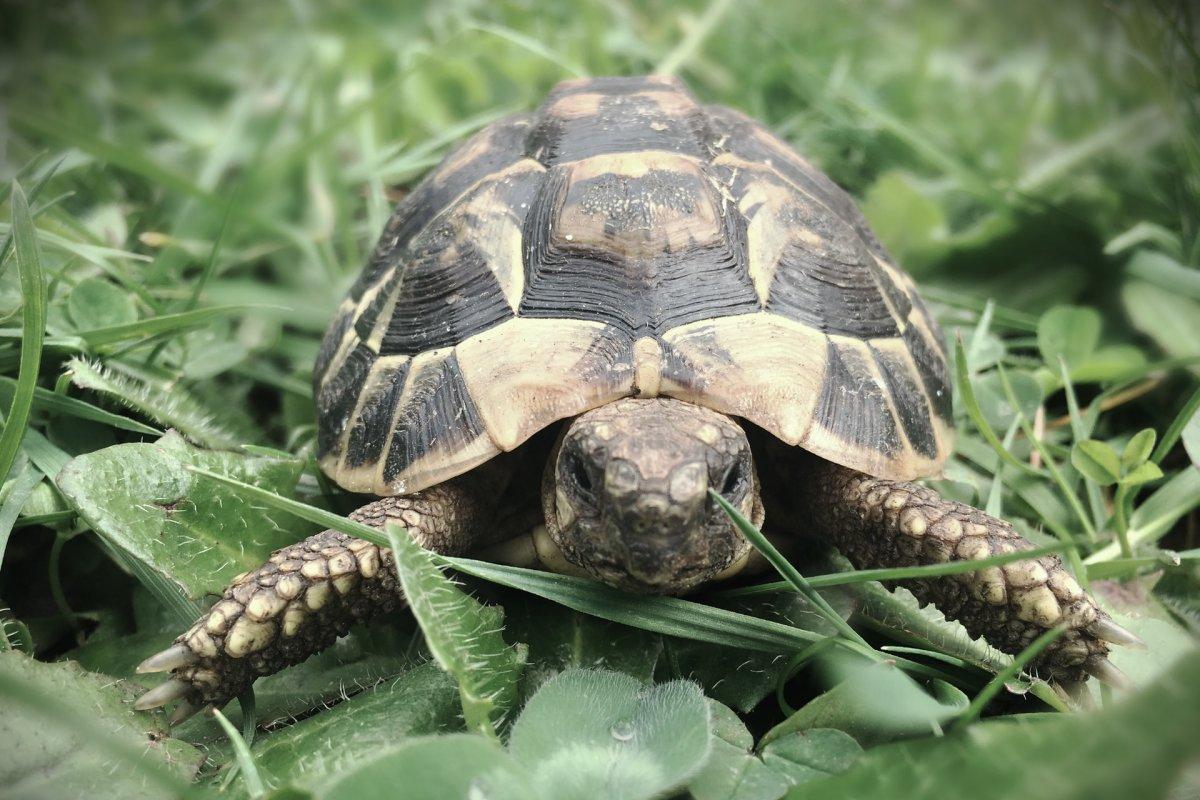
- Name: Caspian turtle
- Scientific name: Mauremys caspica
- Conservation status:
The Caspian turtle, also known as the striped-neck terrapin, is a species of turtle native to the eastern part of the Mediterranean region as well as western Asia. It lives in large numbers in any freshwater body within its range, as well as brackish water and irrigation canals.
This turtle breeds in early spring and nests in June and July. Interestingly enough, it is carnivore as a juvenile and shifts towards being an omnivore as an adult.
—
So this was my list of animals in Cyprus. I hope you enjoyed this list and that you learned something new today.
In case you want to learn more about animals in the country, feel free to keep reading, as I still have lots of things to tell you about:
Endangered Animals of Cyprus
This is definitely the saddest part of the list, but it is very important to raise awareness. Because of this, let’s go through the list of endangered animals in Cyprus.
Here are the animals in danger of extinction in Cyprus.
- None
- Sociable lapwing
- Angelshark
- Slender-billed curlew
- Yellow-breasted bunting
- European eel
- and 8 more…
- Spinetail devil ray
- Basking shark
- Mediterranean monk seal
- Egyptian vulture
- Saker falcon
- and 12 more…
To see the full list of endangered species in Cyprus, head over to the International Union for Conservation of Nature’s Red List.
What is the National Animal of Cyprus?
The national animal of Cyprus is the Cypriot mouflon.
The Cypriot mouflon, also locally known as the Agrino, is a species of wild sheep endemic to the island of Cyprus. It is said that it first came to Cyprus in 8000 BC, and it almost disappeared at the beginning of the 20th century due to overhunting. Because of this, it has been protected since 1930, and its population has been steadily growing.
This mouflon is very elusive and shy, and it is quite hard to see one in the wild. It avoids people and streets, and can only be found in the mountains of Paphos.
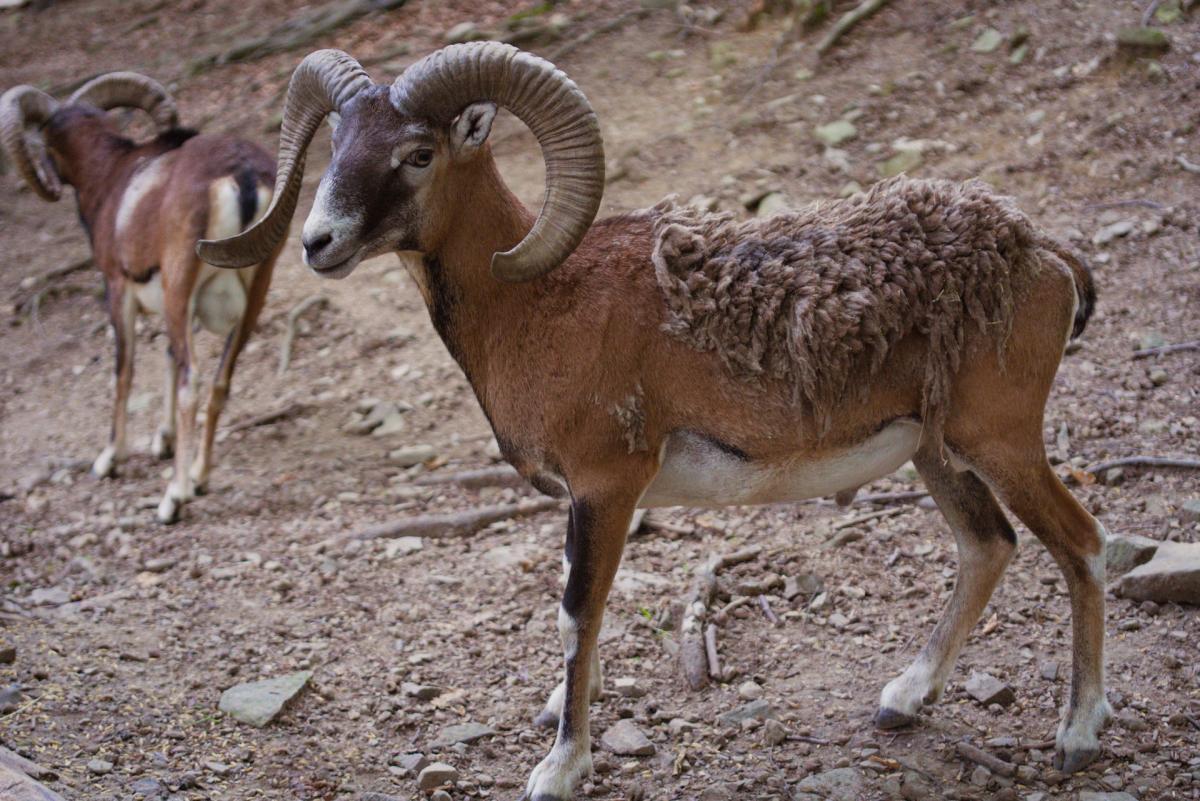
How Many Animals Native to Cyprus?
What is the diversity of native animals in Cyprus?
Let’s look at the total number of species of Chordata (mammals, birds, fishes, and reptiles).
Total number of animal species in Cyprus: 753 (5,029 in total in West and Central Asia)
More About Animals in the World!
Loved these Cyprus wildlife facts? Want to see what animals live in other countries?
Then check out these posts:
Or click here to see ALL the facts up on the blog! Spoiler alert: there’s A LOT of them.
Share the knowledge! Click on the buttons below to share information about these famous animals in Cyprus with your friends, and help them learn more about the world 🙂
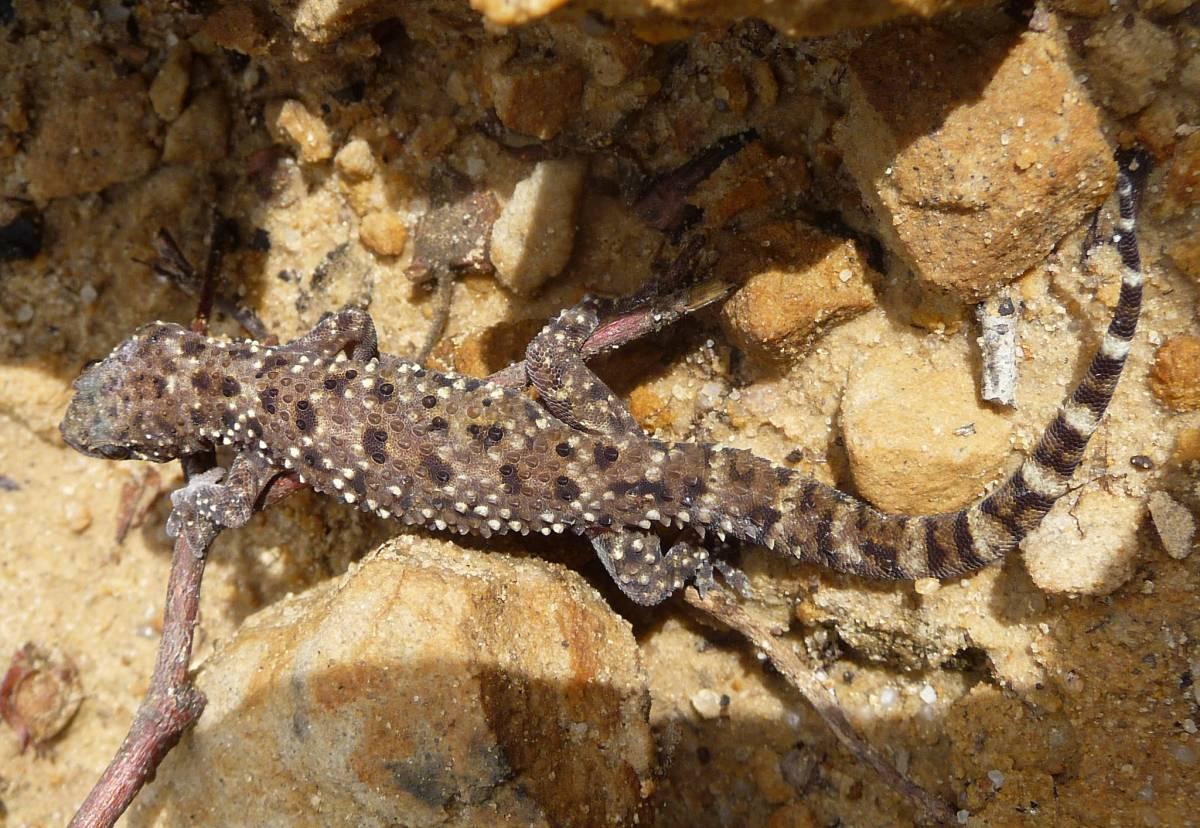
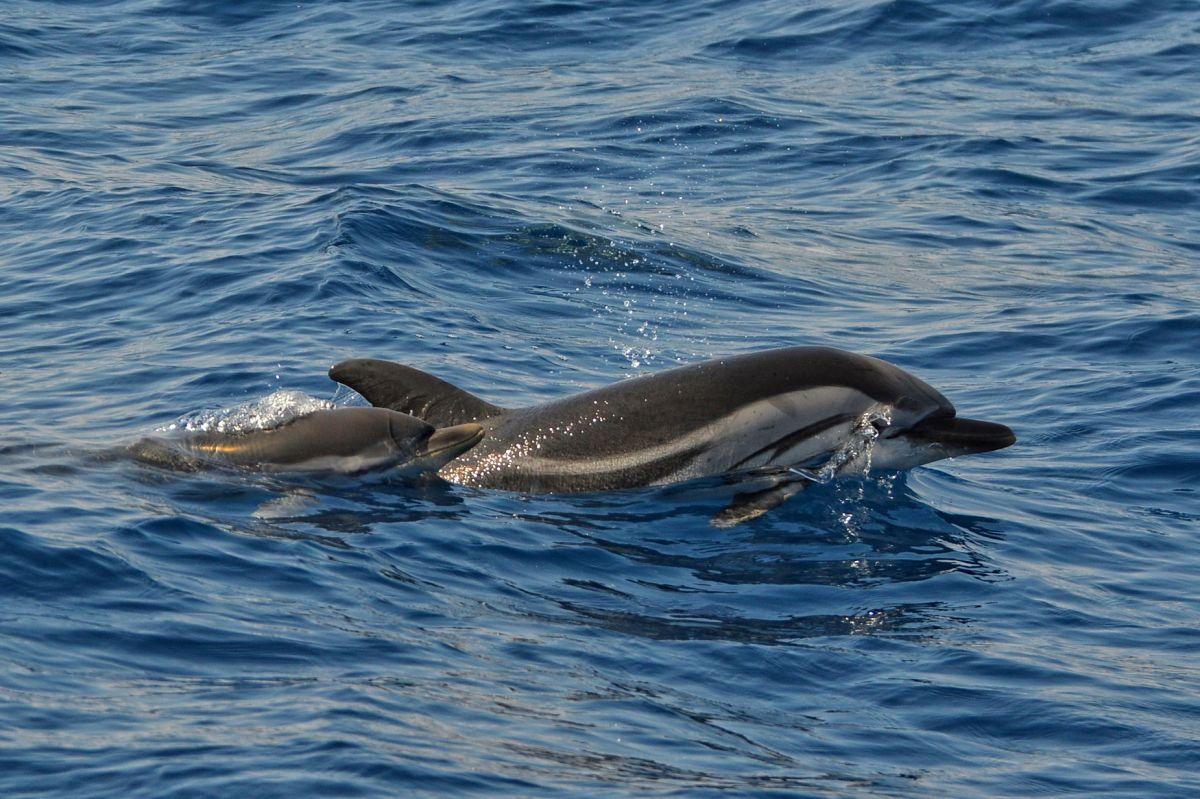
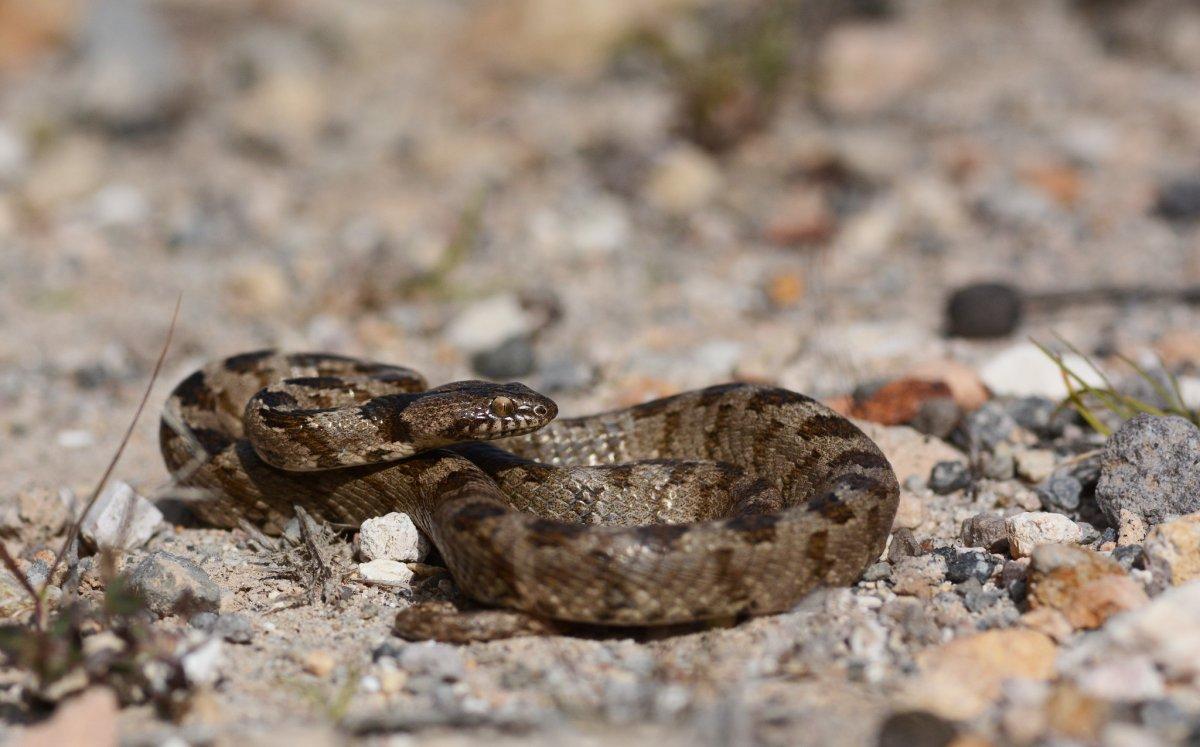
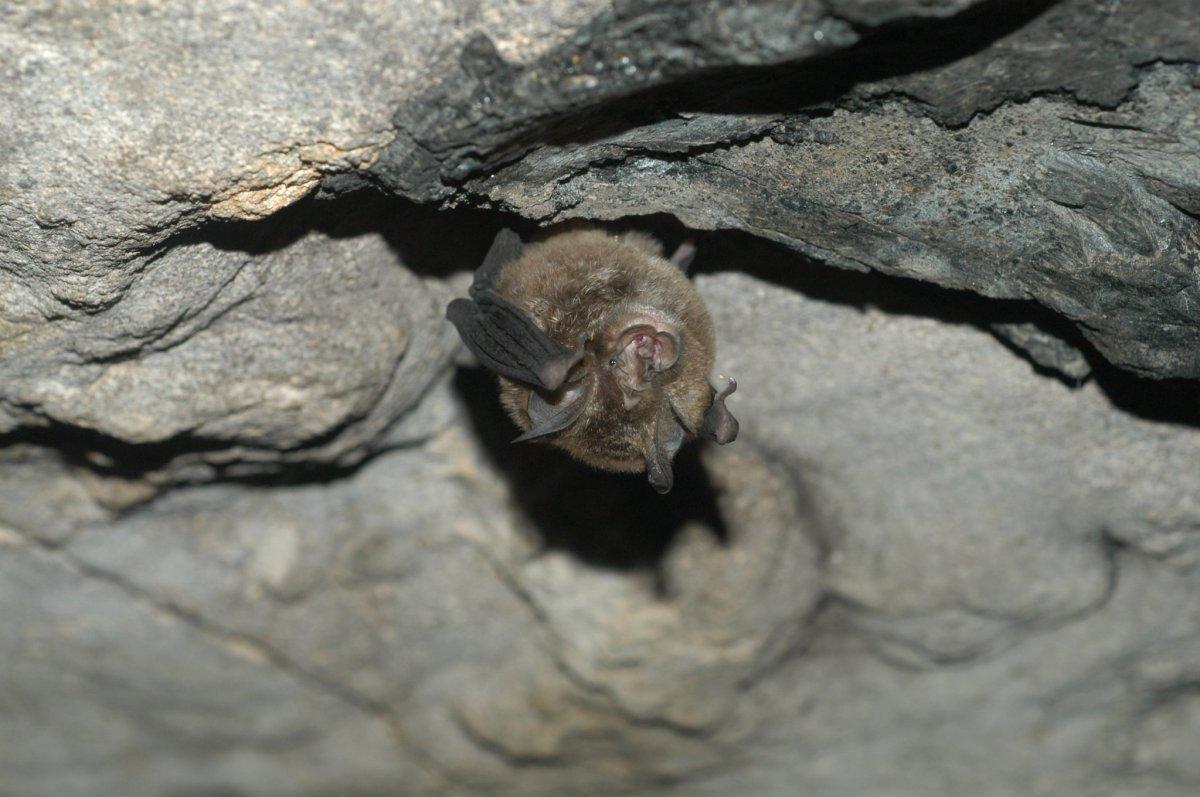
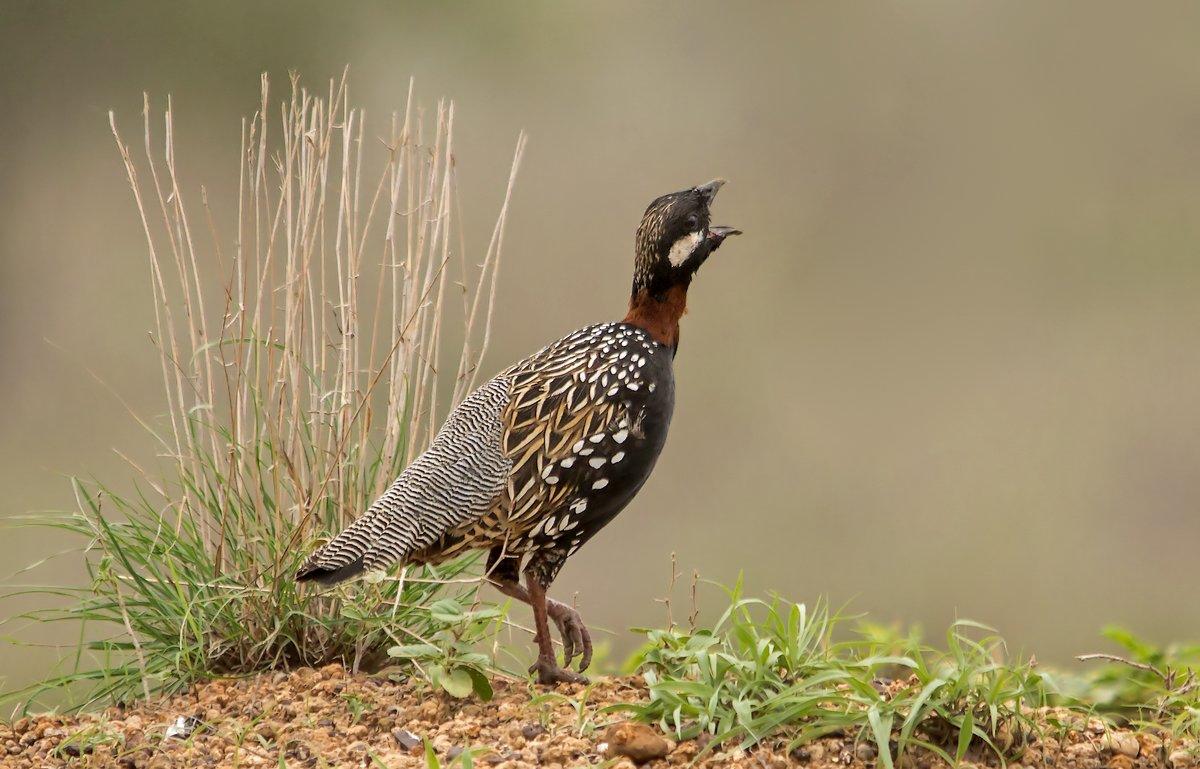
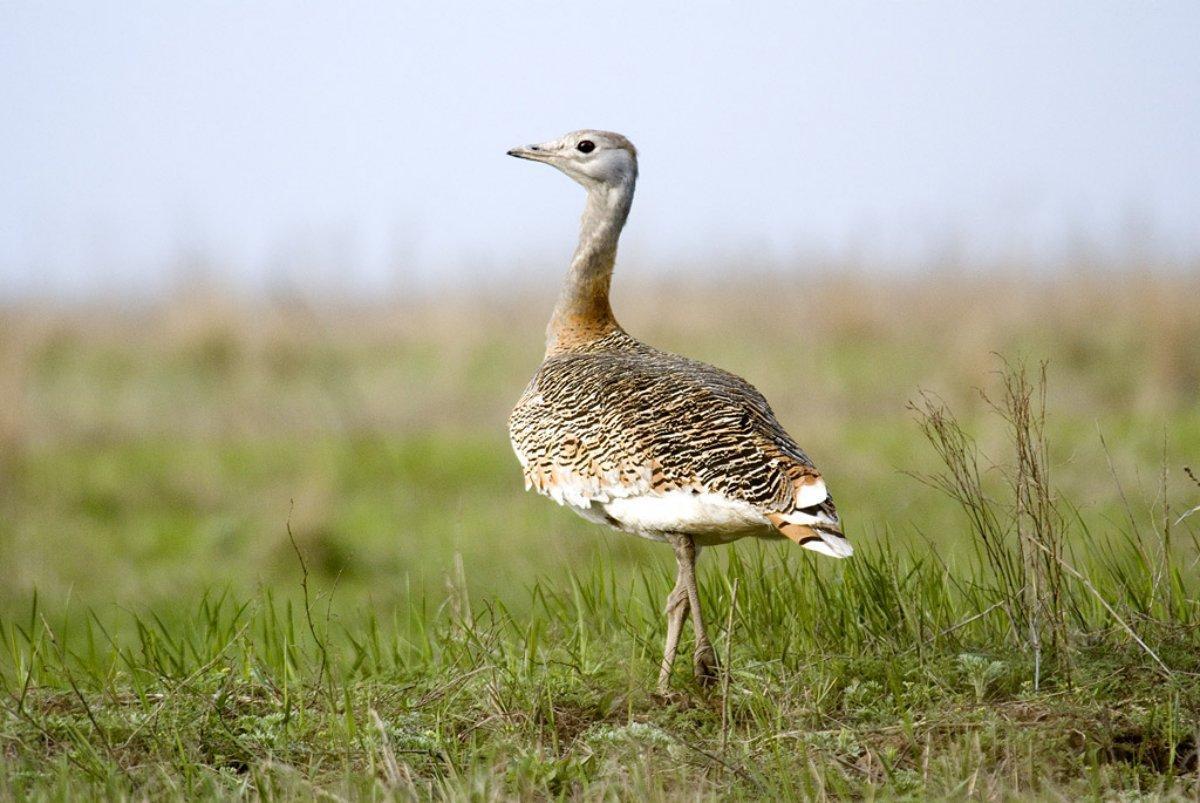

![21 Wild Animals in Hungary [Wildlife in Hungary]](https://www.kevmrc.com/wp-content/uploads/2022/06/21-wild-animals-in-hungary.jpg)
![13 Wild Animals in Wales [Wildlife in Wales]](https://www.kevmrc.com/wp-content/uploads/2022/10/13-wild-animals-in-wales.jpg)
![13 Wild Animals in Tunisia [Wildlife in Tunisia]](https://www.kevmrc.com/wp-content/uploads/2022/11/13-wild-animals-in-tunisia.jpg)